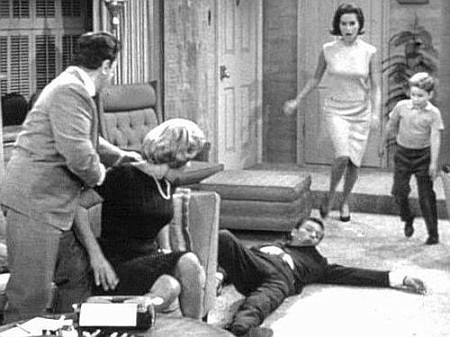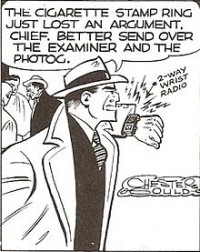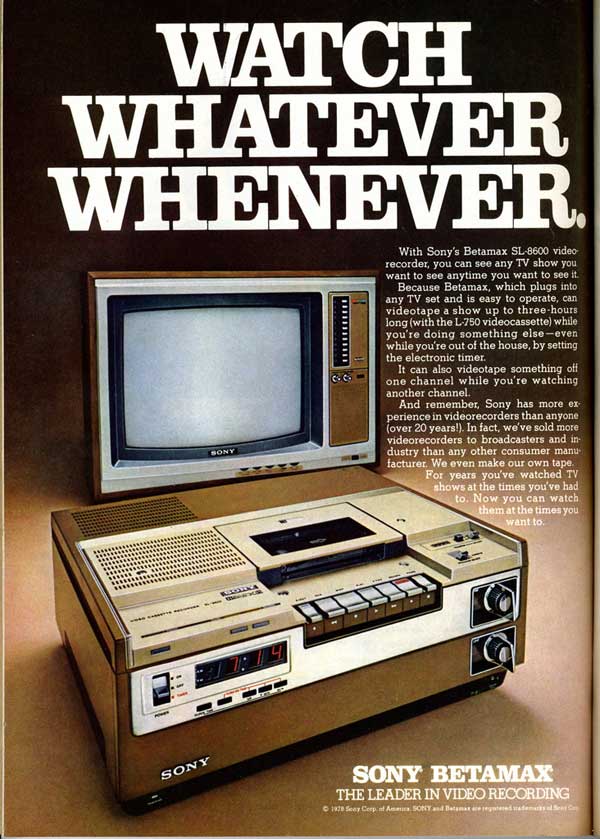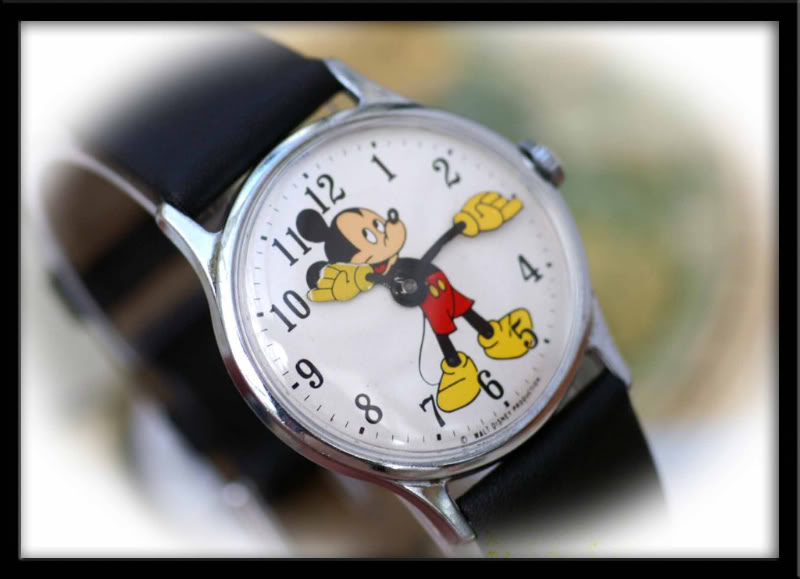 It struck me the other day that my ten-year-old self would be well and truly boggled by the fact that I regularly read tweets by Dick Van Dyke (who tweets as @iammrvandy) and Carl Reiner (who tweets as @carlreiner).
It struck me the other day that my ten-year-old self would be well and truly boggled by the fact that I regularly read tweets by Dick Van Dyke (who tweets as @iammrvandy) and Carl Reiner (who tweets as @carlreiner).
If those names mean nothing to you, then you’re a whole lot younger than I am. The Teachout family watched The Dick Van Dyke Show every week without fail. It was a ritual as regular as going to church on Sunday or listening to Paul Harvey on the kitchen radio before school. For me to suppose that the celebrities whom we saw cavorting on the screen would eventually be able to communicate more or less directly with their aging fans would have been far beyond imagining. It was good enough that I got to watch their black-and-white images flickering on the TV set in our living room. What did I know?
 Needless to say, the laptop computer on which I perform this technological miracle would boggle myself when young even more comprehensively. I’m old enough to remember grappling with the notion that Dick Tracy might someday be able to communicate with his colleagues via two-way wrist radio. It was in 1964 that Tracy acquired his first two-way wrist TV, and that really seemed too good to be true.
Needless to say, the laptop computer on which I perform this technological miracle would boggle myself when young even more comprehensively. I’m old enough to remember grappling with the notion that Dick Tracy might someday be able to communicate with his colleagues via two-way wrist radio. It was in 1964 that Tracy acquired his first two-way wrist TV, and that really seemed too good to be true.
Yes, the postmodern technologies that have transformed American life almost beyond recognition are astonishing. But I wonder whether we spend too much time talking about the devices themselves and not enough thinking about the quotidian ways in which they’ve changed the way we live. Unless you’re an engineer, after all, what’s interesting about an iPad is what it does, not how it works.
As Arthur C. Clarke observed in 1962, “Any sufficiently advanced technology is indistinguishable from magic.” I’m content to revel in the magic, and as a man whose adult life coincides almost exactly with the introduction of the mass-market videocassette recorder, I’m surprised that I’m able to take so much of the world around me for granted.
 I recently spent a few minutes thinking about how my life today is different than it was in 1966, the year when I turned ten, and the following things came to mind. Other than on vanishingly rare occasions, I no longer:
I recently spent a few minutes thinking about how my life today is different than it was in 1966, the year when I turned ten, and the following things came to mind. Other than on vanishingly rare occasions, I no longer:
• Mail personal letters
• Write checks
• Order anything by mail or phone
• Shop at record stores or brick-and-mortar bookstores
• Make popcorn in a skillet or heat soup on a stove
• Listen to terrestrial radio (other than when driving in a car)
• Sit down in front of the TV every night to find out whether it’s going to rain tomorrow
• Adjust the antenna to make the picture come in more clearly
• Do business with bank tellers
• Use bottle openers
• Use phone books
• Use dictionaries or encyclopedias
• Use pay phones
• Have a landline
• Own a camera
• Wear a watch
 What’s even more surprising–at least to me–is that I scarcely ever think about any of these things, nostalgically or otherwise. Nor do I miss them, any more than I miss the things that I included in a list of “things I no longer use, do, or see” that I posted in this space eight years ago.
What’s even more surprising–at least to me–is that I scarcely ever think about any of these things, nostalgically or otherwise. Nor do I miss them, any more than I miss the things that I included in a list of “things I no longer use, do, or see” that I posted in this space eight years ago.
It’s not that I’m an unsentimental person. If I were, it wouldn’t amuse me to keep up with the fugitive thoughts of Dick Van Dyke. I loved the lost world of my youth, and I treasure my still-vivid memories of that world. But when it comes to getting through the day, I’m far more inclined to be grateful that so much waste motion has been cut out of my life, and to marvel at the countless doors that the new technology has opened. Yes, it’s the most mixed of blessings, one that at times bears a suspicious resemblance to a curse. But I’ve used it to write plays, make friends, court women, and earn my daily bread, and I wouldn’t have it any other way.
